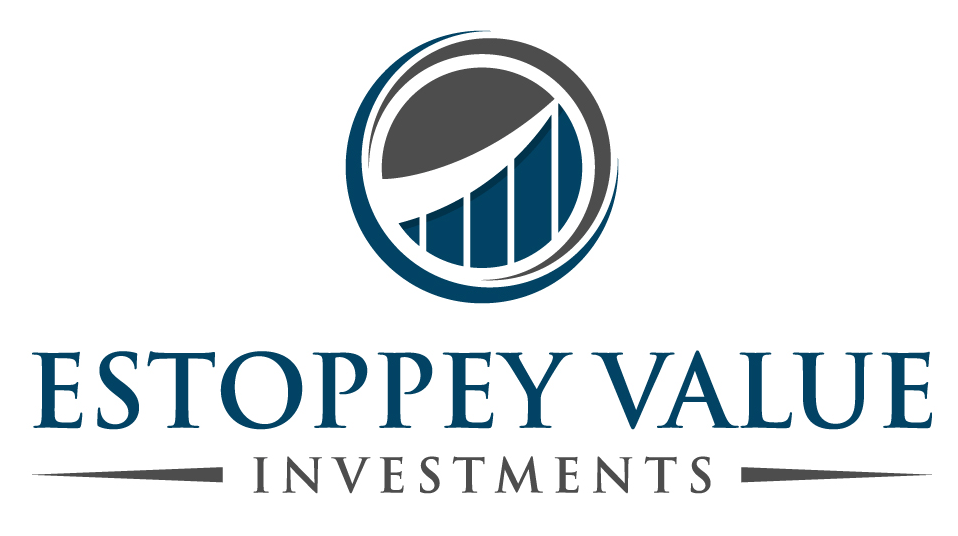Performance Fee
Would you like to invest your money? Get in touch with an expert:
What is a Performance Fee?
Generally, performance fees are paid to asset managers when they achieve positive returns. Different from a management fee, which is paid regardless of returns, a performance fee is only paid when positive returns are achieved. Performance fees are most commonly calculated as a percentage of investment gains. Performance fees are typically applied to active investment strategies in order to reward asset managers who have achieved positive results.
Understanding Performance Fees
A performance fee serves the purpose of aligning the interests of asset managers and their clients while providing an incentive for asset managers to generate positive returns. There is a common practice among hedge funds to charge a "2 and 20" fee structure. This fee structure includes a management fee of 2% and a performance fee of 20%.
Example of a Performance Fee
If an asset manager receives, for example, a performance fee of 10% and turns CHF 500'000.- into CHF 600'000.- within one year, she/he has achieved a positive return of CHF 100'000.-. Therefore, she/he receives a performance fee of CHF 10,000.- or 10% of CHF 100,000.-.
In order to mitigate conflicts of interest between an asset manager and its clientele, a performance fee is appropriate. The asset manager earns more money when the client also earns money, and, of course, there is no performance fee if the client loses money. The program is not a panacea for resolving conflicts of interest. Critical voices are also present here. The German government, for example, has prohibited the use of such performance fees for pension solutions. In this manner, if an asset manager earns primarily from performance fees, it can lead to an incentive to invest short-sightedly and unsustainably, in order to achieve the best possible performance, which could lead to excessive risks. Further, with the high-water mark, a performance fee is a one-time, non-recurring payment. As a result, the asset manager is incented each time to pursue high returns by taking high risks from one high-water mark to the next.
Due to such incentive systems, some hedge funds, for example, have consistently achieved returns and also sustained losses. The failure of such a strategy leads simultaneously to the fact that an old high-water mark appears almost impossible to achieve. It is likely that the hedge fund would not earn anything for several years before it is able to climb above the high water mark again. A hedge fund is then frequently closed in order to be replaced by a new one. Once the name has been changed, the same "game" will begin again with the high-water mark being reset to "zero".
Would you like to invest your money?
Speak to an expert.
Your first appointment is free of charge.



